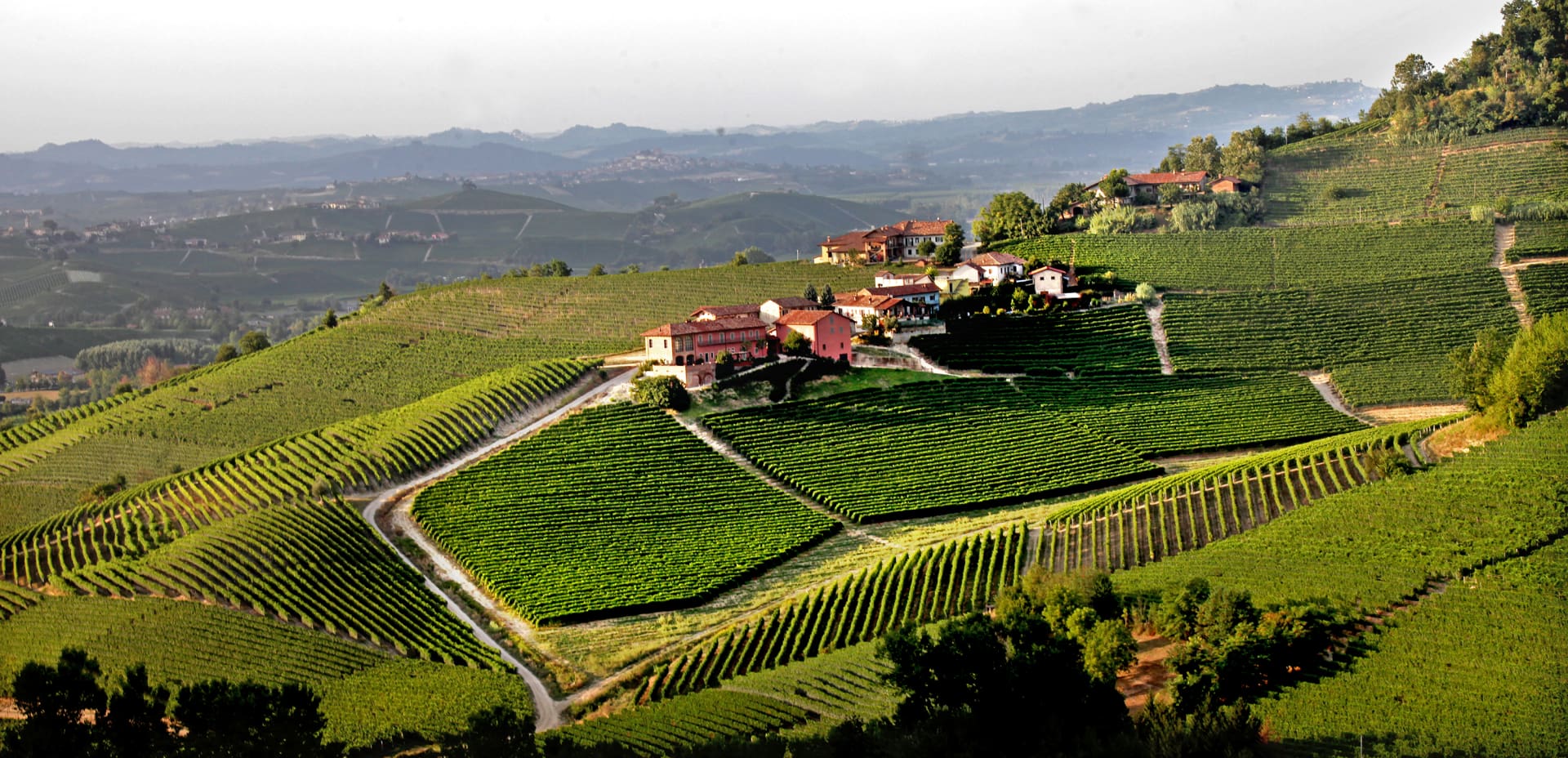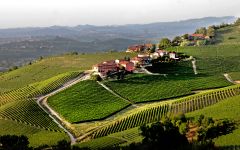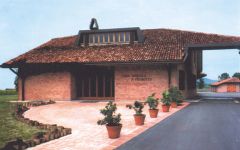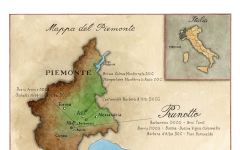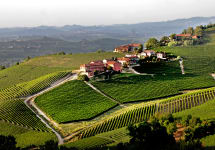Prunotto Fiulot Barbera d'Asti 2011
-
Robert
Parker -
Wine
Spectator
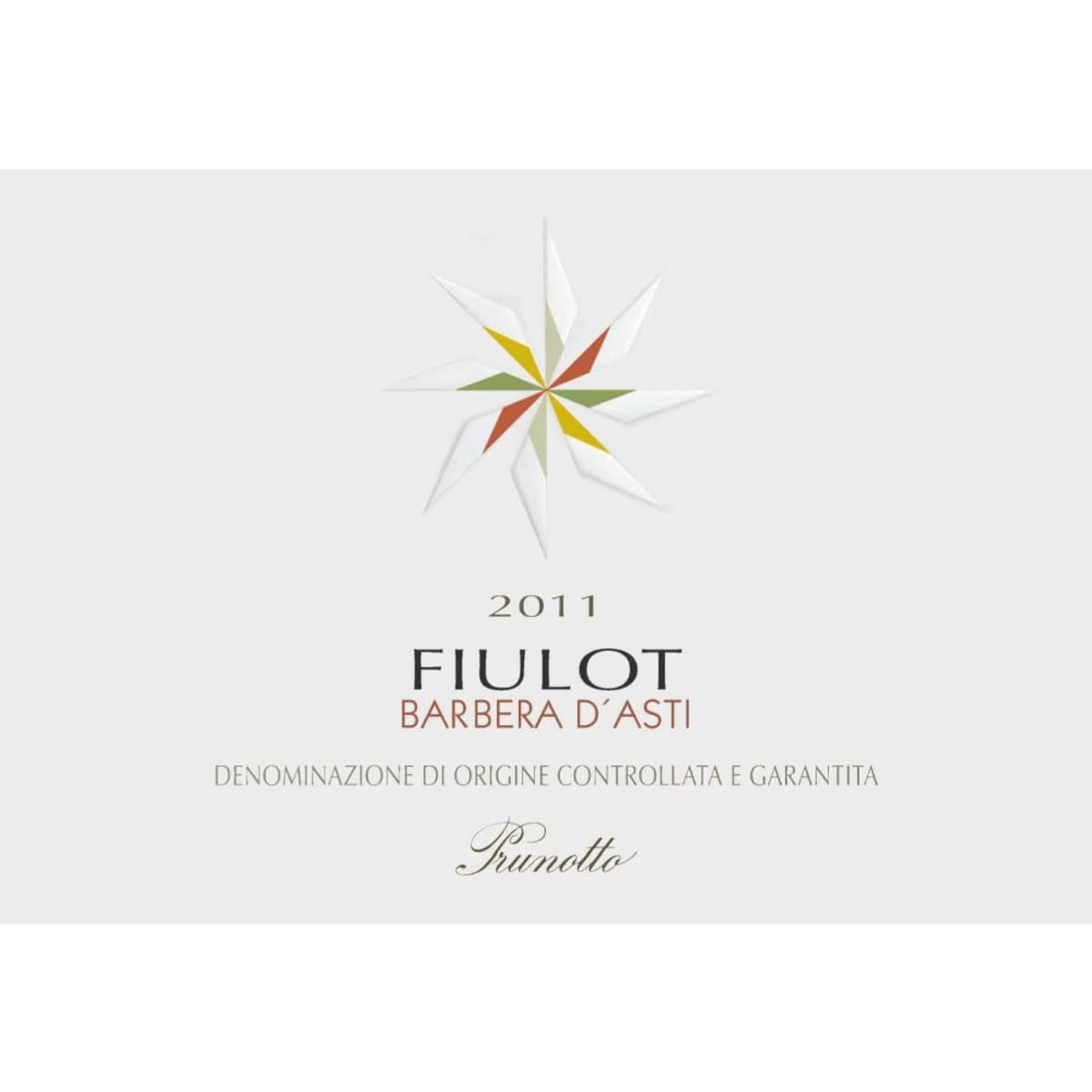

Product Details
Your Rating
Somm Note
Winemaker Notes
Professional Ratings
-
Robert Parker's Wine Advocate
Prunotto's 2011 Barbera d'Asti Fiulot is another big, opulent wine bursting with fruit. The Fiulot isn't the last word in complexity, but it is a terrific wine for the money. There is plenty of intensity and opulence in the glass, along with the underlying nervousness of Asti to balance things out.
-
Wine Spectator
This is pure, with blackberry and black cherry flavors that run deep. Coats the palate lightly, with a glycerine feel, offset by bright acidity and a touch of tannins that add a pleasant astringency on the finish.
Other Vintages
2019-
James
Suckling
-
Wine
Spectator -
James
Suckling
-
Robert
Parker
-
Robert
Parker
-
Wine
Spectator
-
Wine
Enthusiast
-
Robert
Parker
-
Robert
Parker

Friendly and approachable, Barbera produces wines in a wide range of styles, from youthful, fresh and fruity to serious, structured and age-worthy. Piedmont is the most famous source of Barbera; those from Asti and Alba garner the most praise. Barbera actually can adapt to many climates and enjoys success in some New World regions. Somm Secret—In the past it wasn’t common or even accepted to age Barbera in oak but today both styles—oaked and unoaked—abound and in fact most Piedmontese producers today produce both styles.

Recognized as the source of the best Barbera in all of Italy, Asti is a province (as well as major city) in Piedmont, consisting of a gentle, rolling landscape with vineyards, farmland and forests alternating throughout.
Barbera d’Asti can be made in an array of styles from relatively straightforward, fruity and ready for consumption early, to the more concentrated, oak aged version with an ability to cellar impressively for 10-15 years and beyond. Some of the very best sites for Barbera in Asti are concentrated in the subzone of Nizza Monferrato. Other red varieties grown here include Freisa, Grignolino and Dolcetto, which can be bottled varietally or blended into Barbera.
Historically consumers commonly associated the Asti region with Asti Spumante and Moscato d’Asti, both playful, aromatic, sparkling wines made from the Muscat grape. Asti Spumante is less sweet, fully fizzy and more alcoholic (yet still clocking in at only around 9% alcohol) while Moscato d’Asti is sweeter, gently sparkling (“frizzante”) and closer to 5 or 6% alcohol. Each is produced in stainless steel tanks to preserve the fresh and fruity flavors of the grape, often including peach, apricot, lychee and rose petal. Asti is also the spot for the pink-hued Brachetto d'Acqui, a slightly sparkling wine ready to charm with its raspberry and rose flavors and aromas.
